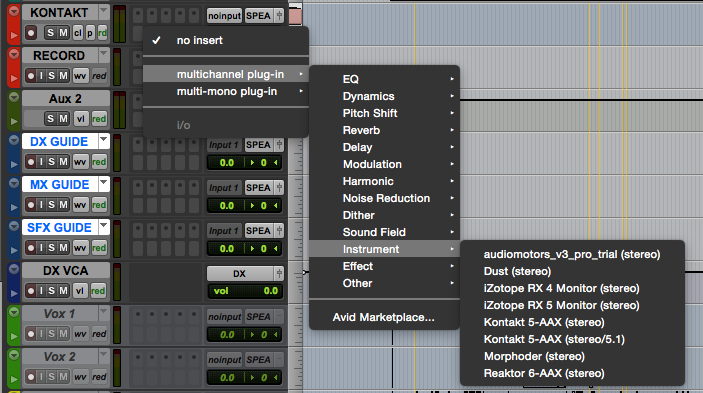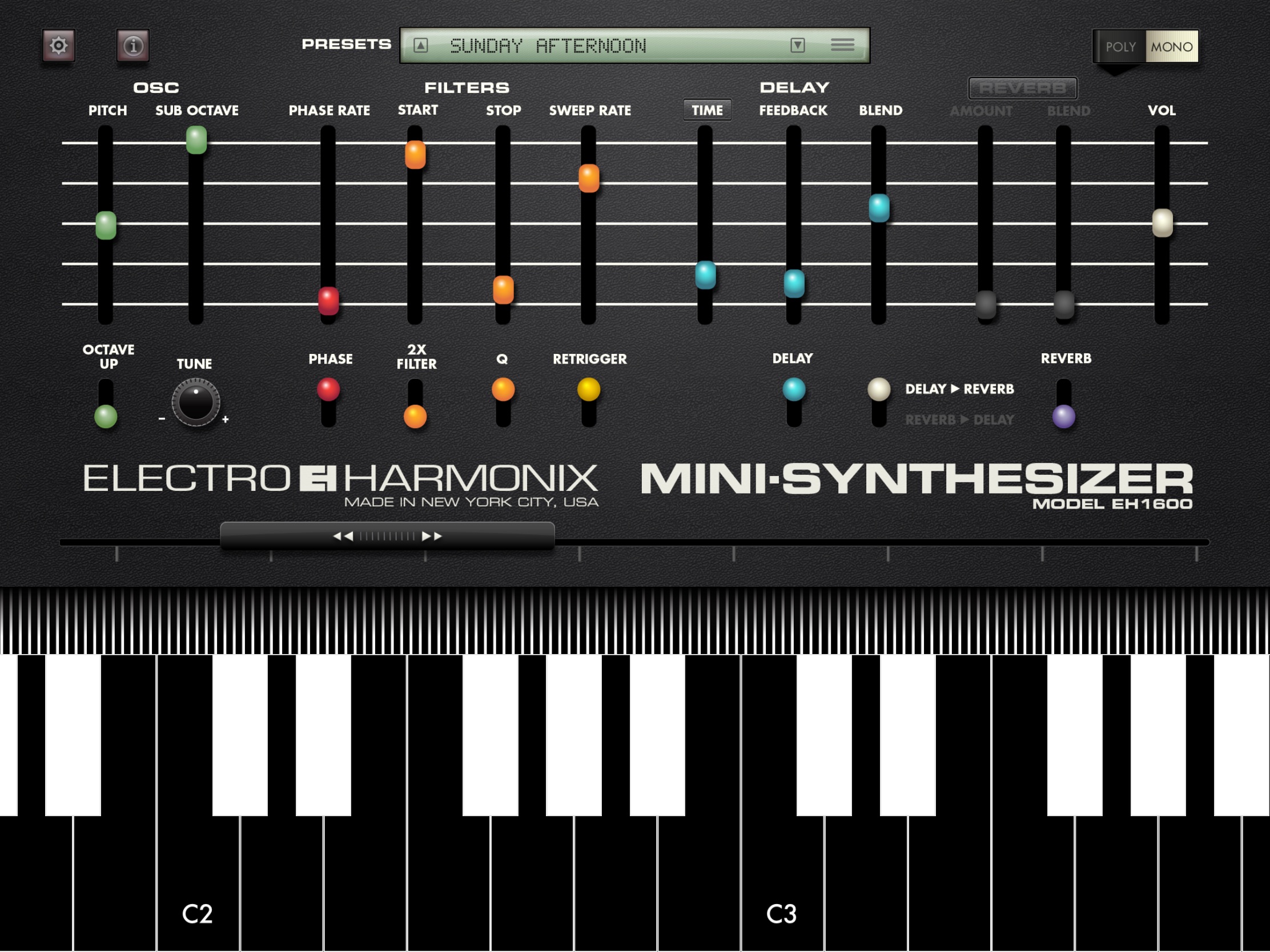A while ago we did a blog post about favorite audio tools our Boom Box editors enjoy and are using lately. New plug-ins, techniques and libraries are coming about all the time so I thought I'd check in with some of them now to see if there are any new tools they could share with us.
Brad Meyer
I often come across sound design situations where I have to pitch multiple sound effects (like 15 ascending bubble pops for example). It can be really time consuming using a pitch shift plugin and pitching each sound one by one, so I like to use this need trick in Kontakt instead:
First, put the Kontakt plugin on a new instrument track, and route that instrument track to a record track so you can record your final results.
Once you have the Kontakt plugin open, make a new instrument, and pull up your Mapping Editor. Your Mapping Editor should look like a keyboard interface. Then import the specific sound effect you’d like to pitch. Putting the sound file on the C key of your keyboard interface is easiest. The sound file will show up as a vertical yellow bar.
This vertical yellow bar (your sound file) has a thicker yellow outline. You can grab that line on either side and drag it out across the keyboard. I drag up one octave and down one octave, leaving me 2 octaves to play around with. The results should look like this:
Now that your sound file spans two octaves, you can “play” that sound on all the keys that it spans. Kontakt automatically pitches your sound when you stretch it across the keyboard interface, so now you can “play” the sound at different pitches across two whole octaves!
Tess Fournier
I've used the Mini-Sythesizer ipad App from Electro-Harmonix a number of times. I've mostly used it to create interface beeps and telemetry for various Sci-Fi machines. The synth is really basic and easy to use, and pretty cheap at $2.99 for the iphone app and $4.99 for the ipad. I think it was mostly designed with music in mind, and calls back to a lot of synths from 80's rock, but I've been able to create some pretty cool designs by using this tool in conjunction with some of my favorite plug-ins. It's certainly not the most diverse synth, but if you're looking for something inexpensive to get your feet wet, it's certainly not a bad choice.
Jacob Cook
In recent weeks I’ve been geeking out hard for convolution reverb, specifically Avid Space. Convolution reverb is a fascinating and valuable tool for design and mixing. Convolution reverbs use impulse responses, recordings of tone sweeps or impulses, that allow the software to have a real sample of the reverb of a space, which they can then play your sound through to create a realistic reverberation. On a basic level this can allow you to add realistic spatialization for a variety of real life locations, bedrooms, churches, city streets and etc. On the wilder end you can imitate the sound characteristics of someone talking inside of a metal helmet or through an acrylic wall. My favorite by far is the helmet example, using an impulse response captured inside of a bucket to imitate the sound of armor. Definitely check out Avid Space and other convolution reverb tools if you want to step up your reverb game, and don’t forget to check out Brad’s lunch and learn on the topic.






